Where Do Peppercorns Come From?
We know what they taste like and look like, but where do they come from? The answer may just surprise you. Wait until you see the crazy way they grow!
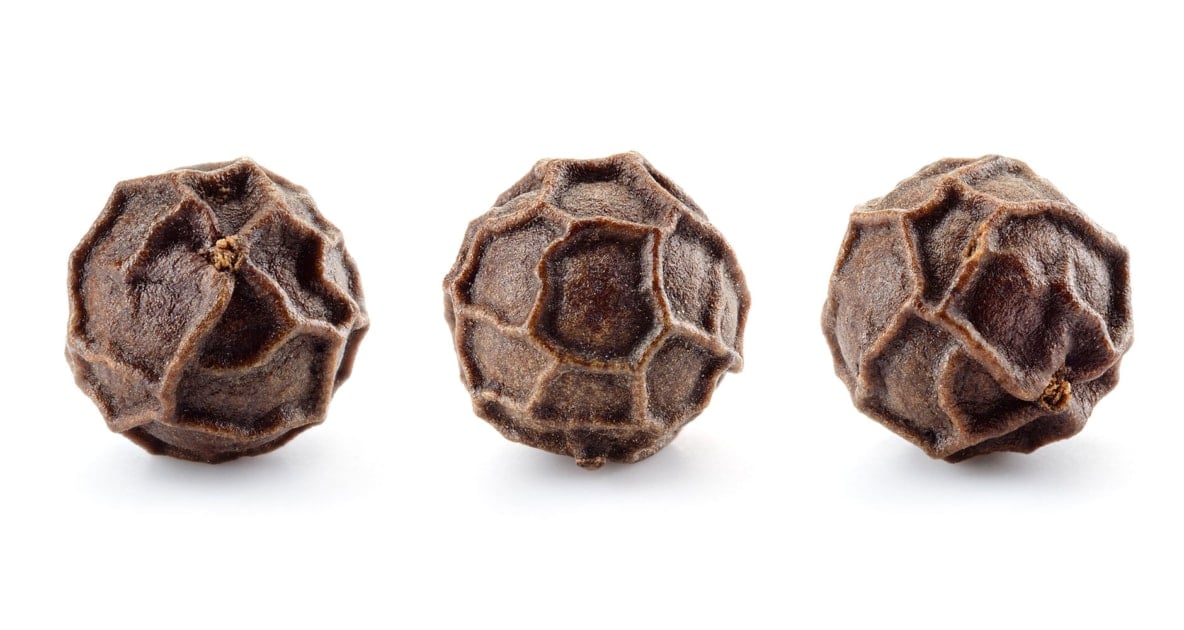
Peppercorns—those fragrant little black BB-sized spheres with rough, wrinkled skin. We’ve all spilled them, cooked with them, and watched in anticipation as our waiters approached our dining tables with a large wooden contraption to ceremoniously grind them on top of our salads and pasta. We know what they look like and what they taste like, but where do they come from?
Peppercorns – The Tiny Fruit?
Peppercorns are actually a tiny fruit, the drupe (a fruit with a single seed in the middle) of a flowering vine known as piper nigrum, grown in tropical regions, native to the Indian subcontinent and in Southeast Asia. Some of the best peppercorns in the world come from the Malabar Coast in the Indian state of Kerala.
Once a luxury item, only available to the wealthy, peppercorns and the resultant ground pepper, particularly black pepper, is now one of the most common culinary spices. Added, along with salt, to almost every dish we eat.
Colors And Degrees of Ripeness
The color of the various peppercorns you see in the store is a result of either when the tiny fruits are harvested, or else the type of processing they undergo after picking.
Black pepper and black peppercorns start as green peppercorns, which are the unripe fruit of the piper nigrum plant. The fruits grow in long, thin bunches on the vine, clustered somewhat like grapes. These bright green fruits are first cooked and then sun-dried. During the drying process, certain enzymes turn the skin a dark brown, almost black, as well as cause the outer skin of the fruit to contract and wrinkle.
Black peppercorns have been traded across the world since ancient times. They’ve even shown up in the nostrils of the mummy of Rameses II in ancient Egypt, presumably used along with other fragrant spices as part of the mummification process.
Green peppercorns are the same species and are harvested at the same degree of ripeness. Though instead of cooking, the unripe drupes are treated with various substances or preservatives, including sulfur dioxide, to retard the enzymes that normally darken the skins. Sometimes green peppercorns are brined like pickles. As a result, green peppercorns are slightly more perishable than black.
White peppercorns are made from the same fruit as the black and the green varieties, but the fruit is allowed to fully ripen, whereupon it turns red. The fruits are soaked to soften the flesh, which is eventually removed, leaving just the whitish seed, which is then dried. White pepper is popular in Thai cuisine and is frequently used in light-colored sauces or dishes where the dark specks of black pepper would be considered unattractive.
Red peppercorns are produced much like green peppercorns, only using the fully ripe fruit, which is treated to preserve the red color. These may also be pickled or dried before use. Sometimes in gourmet markets, you will see a mixture of dried black, red, green, and white peppercorns together in a transparent grinder. This is as much for show as it is for flavor, but it represents all the various stages and possible flavors of the piper nigrum plant. Chefs generally agree that the black pepper’s pungent flavor tends to overpower the more subtle flavors of the green, white, or red peppercorns. You might try keeping the different varieties separate first, and taste them individually before deciding for yourself how you want to blend them in your grinder.
Pink peppercorns are another variety not related to piper nigrum and are the dried berries of a South American shrub, such as Schinus molle and Schinus terebinthifolius, also known by the common name of the Peruvian Pepper Tree. You may also see these colorful peppercorns sold as Brazilian Pepper. These peppercorns are used for a variety of traditional medicinal preparations, as well as in culinary applications.
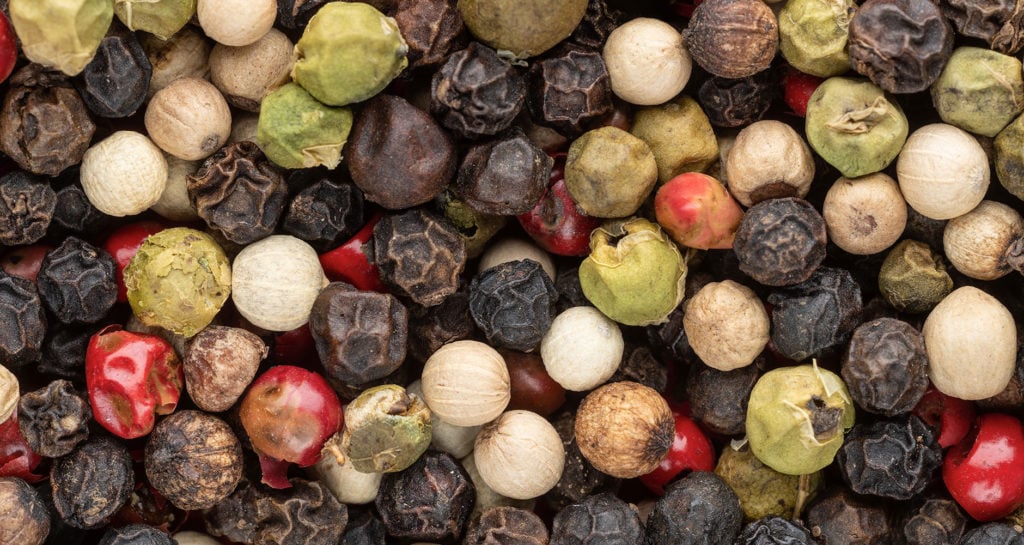
Health Benefits of Black Pepper
In addition to the zesty flavor pepper adds to our dishes, did you know there are profound health benefits to consuming black pepper? It’s an antioxidant, and antibacterial. But one of the most important health benefits to humans is that pepper stimulates the release of stomach acid, improving the digestion of proteins. Related to this is pepper’s ability to act as a carminative, which is a fancy way of saying it helps prevent the formation of intestinal gas.
Whichever peppercorns you choose, try toasting them slightly in a dry frying pan to activate some of the volatile compounds in the essential oils. Allow to cool, then grind them. Most whole spices benefit from this practice, which helps intensify their flavors.
Delicious Peppercorn Sauce Recipe
Ingredients:
- 2 teaspoons peppercorns, briefly toasted in a dry skillet, allowed to cool, then cracked lightly using a flat-bottomed heavy pan.
- 2 tablespoons butter
- 2 teaspoons minced shallots
- 1 cup beef stock splash brandy
- 1 tablespoon tapioca starch or cornstarch, mixed with 1 tablespoon of water to form a slurry Sea salt to taste
- 1/3 cup heavy cream
Instructions:
- Sautee shallots in butter until translucent.
- Add peppercorns and fry for 30 seconds or so.
- Add brandy, allow alcohol to cook off, then add beef stock.
- Bring to a boil and allow to reduce a bit.
- Then add tapioca starch slurry.
- Simmer for a minute, then reduce heat and stir in heavy cream.
- Serve over grilled ribeye steak, or breaded and fried veal, pork, or chicken cutlets.

Edward Higgins
Edward Higgins is a freelance writer, artist, home chef, and avid fly fisherman who lives outside of Portland, Maine. He studied at Skidmore College and Harvard University. His article 10 Best Edible Insects appears in the 2020 Farmers' Almanac.

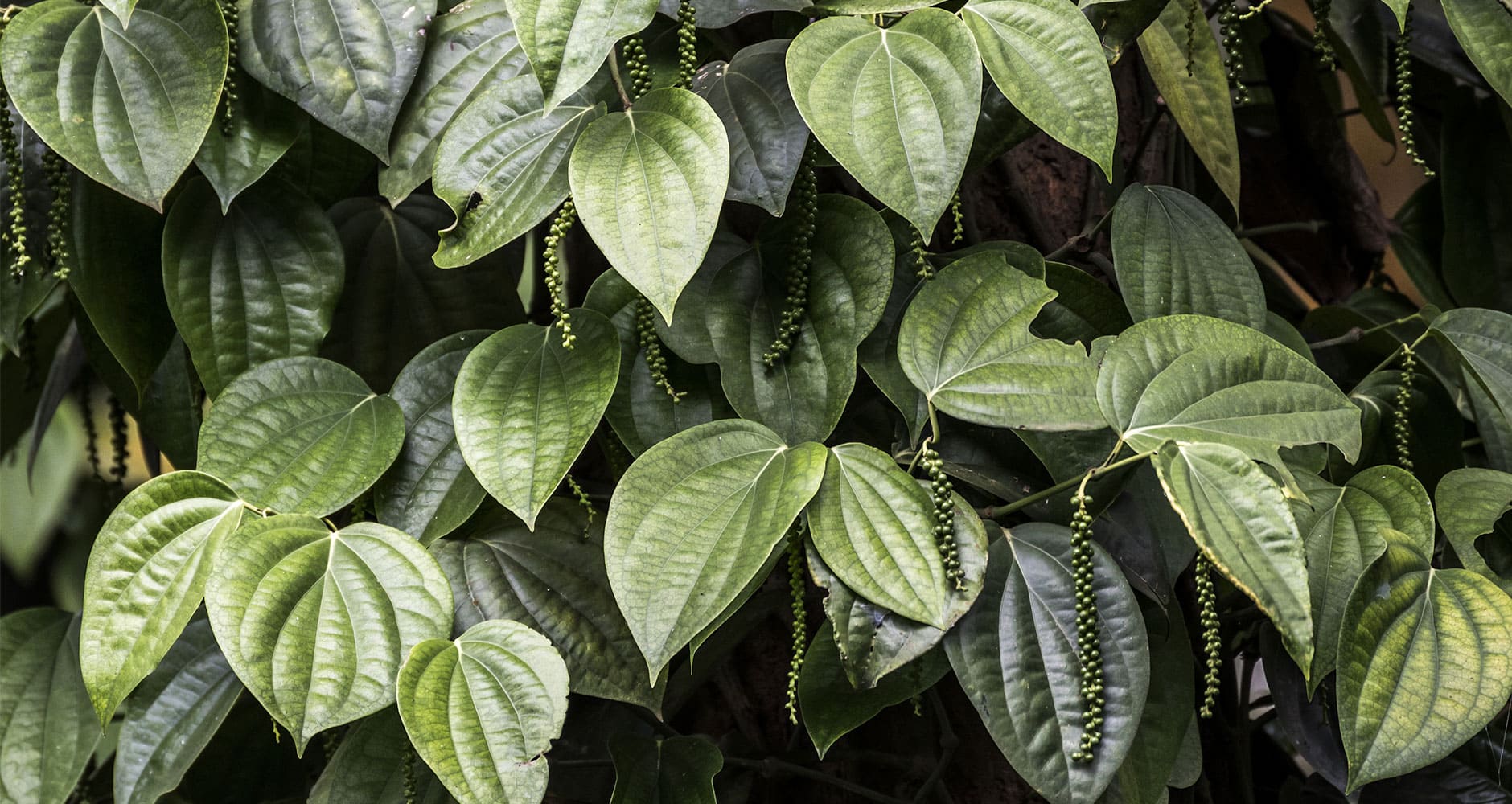
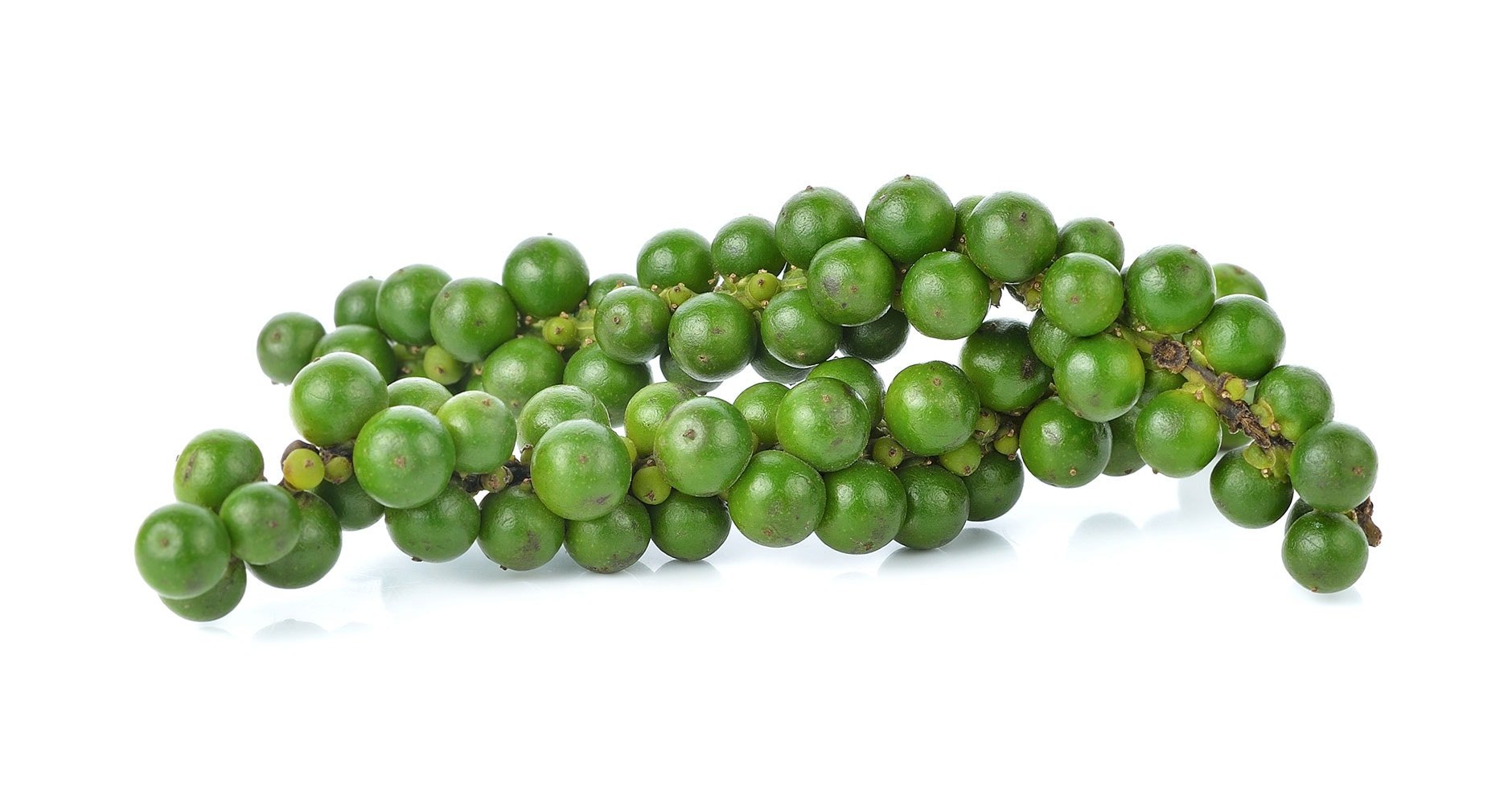


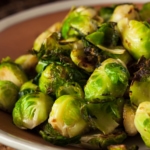


Turmeric is not very digestible without peppercorns being eaten at the same time. “Bio-available” turmeric supplements consist of turmeric + black pepper extracts.
I can’t believe I didn’t know this. Great article, thank you.
Glad you enjoyed it!
My name is TOAD also. I am a Cornish Rex cat and I really enjoyed my goose and peppercorn sauce
on Christmas day.
Can peppercorns be grown in the lowlands of Clawson in the summer months?
I used pepper corn on my stewing, Pork or beef.. and when I cooked braised beef.” The smell are awesome!! I don’t usually add ground pepper.. the pepper corn can do the job..
I have been cooking with these peppercorns for many years in the Italy. I have had lots of interesting stories some not appropriate for this site. I am truly in love with the peppercorns hence why I am now married to some
Hi Mario, thank you! Now you’ve got us curious…. 🙂
I mix coriander seeds with the pepper corns in my pepper mill. Yum!
Thanks this is very interest can all of the pepper grow in Peru.
Fascinating article! Also, great classic sauce recipie. Thank you!
Loved this article ! I have always wanted to grow peppercorns and heard it was very difficult. Now I am even more interested in trying. Now to find a source. Thank you !
If you find a source, please message me. FB pic holding a cat. Thanks.